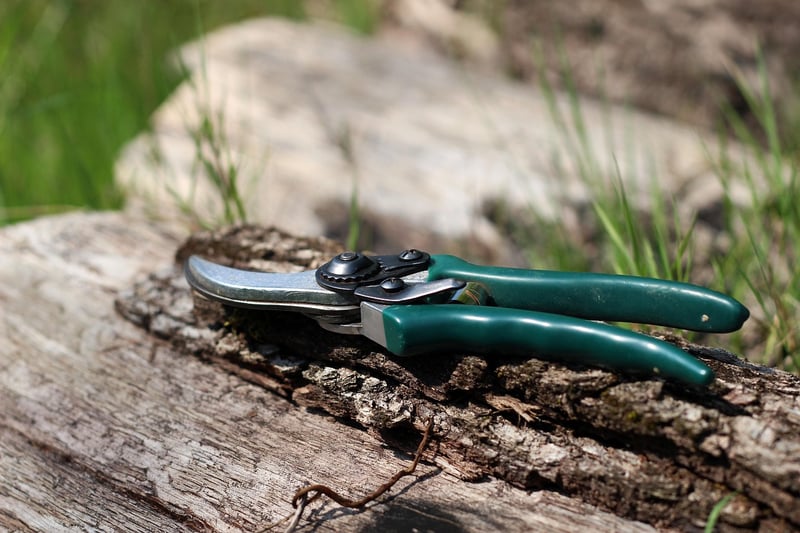Pruning techniques
Keeping Your Garden Healthy: Essential Pruning Techniques
Welcome to our guide on maintaining a healthy garden through proper pruning techniques. Pruning is a vital aspect of gardening that helps promote plant growth, improve aesthetics, and prevent diseases. Let's explore some key pruning methods to keep your garden in top shape.
1. Selecting the Right Tools
Before you start pruning, ensure you have the right tools for the job. Invest in high-quality pruning shears, loppers for thicker branches, and a pruning saw for larger limbs. Keeping your tools sharp and clean will make the pruning process easier and more effective.
2. Timing is Key
Understanding the blooming and growth patterns of your plants is crucial for proper pruning. Generally, it's best to prune flowering shrubs right after they bloom, while winter is an ideal time to prune fruit trees. Avoid pruning during extreme weather conditions to prevent stress on the plants.
3. Remove Dead or Diseased Branches
Start by removing any dead, damaged, or diseased branches. These can attract pests and diseases, impacting the overall health of your plants. Cut them back to healthy tissue using clean, angled cuts to promote healing.
4. Maintain Plant Shape and Size
Prune to maintain the natural shape and size of the plant. Remove overgrown or crossing branches to improve air circulation and sunlight penetration. This will help prevent mold and mildew while encouraging new growth.
5. Thinning vs. Heading Cuts
When pruning, distinguish between thinning cuts (removing an entire branch at its base) and heading cuts (shortening a branch to promote branching). Use thinning cuts to open up the plant canopy and heading cuts to shape and encourage bushier growth.
6. Pruning Young Trees
Properly pruning young trees can establish a strong structure for future growth. Focus on removing competing branches, maintaining a central leader, and creating well-spaced scaffold branches. This will prevent future issues and ensure a healthy tree canopy.
7. Clean Up and Maintenance
After pruning, clean your tools with a solution of water and bleach to prevent the spread of diseases between plants. Dispose of pruned branches properly and monitor the plants for any signs of stress or disease in the following weeks.

By following these essential pruning techniques, you can ensure a healthy and flourishing garden throughout the year. Remember to observe the specific needs of each plant species and adjust your pruning schedule accordingly. Happy gardening!
For more gardening tips and tricks, visit www.gardening.com.
